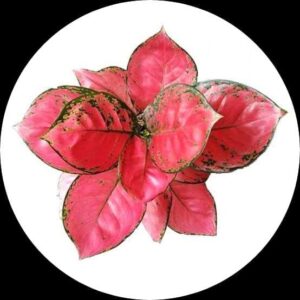- Empty cart.
- Continue Shopping
Inter Mangala Arecanut
Original price was: ₹150.00.₹100.00Current price is: ₹100.00.
Genus : Areca
“Experience the robust and flavorful taste of Inter Mangala Arecanut with our plant. This high-quality variety is known for its exceptional flavor. Grow it at home and indulge in its rich and satisfying taste.”
Mangala arecanut (Areca catechu) is a tropical plant that is native to Southeast Asia and is widely grown in countries like India, Sri Lanka, and Bangladesh. It belongs to the Arecaceae family and is also known as betel nut palm.
The Mangala arecanut plant is a slender, single-stemmed palm that can grow up to 20 meters in height. The leaves are about 1.5 to 2 meters long, with a feathery appearance, and the plant produces flowers in large clusters that are yellow to orange in color.
The fruit of the Mangala arecanut plant is a betel nut, which is technically a seed. The betel nut is a small, hard, oval-shaped fruit that is about 3 to 4 centimeters in diameter. The fruit is covered by a fibrous, brownish outer shell that is removed to reveal the white, crunchy inner seed. The seed has a bitter taste and is often used as a mild stimulant in traditional medicine and as a cultural practice in some parts of Asia.
Mangala arecanut plants are grown in a variety of soils, but they prefer well-drained soils with high organic matter content. The plant requires a hot, humid climate with plenty of rainfall throughout the year. In traditional cultivation, the plants are grown in mixed cropping systems, which include shade trees like coconut, mango, and jackfruit.
Mangala arecanut has a range of uses, including medicinal, cultural, and industrial. The betel nut seed is widely used as a mild stimulant and has been shown to have antiparasitic, antibacterial, and anti-inflammatory properties. In some cultures, the seed is chewed with other ingredients like betel leaves and tobacco as a cultural practice. In the industrial sector, the seed is used to produce chemicals like arecoline, which is used in medicine and as an insecticide. The leaves of the plant are also used for thatching and weaving, and the trunk is used for construction and furniture-making.













Reviews
There are no reviews yet.